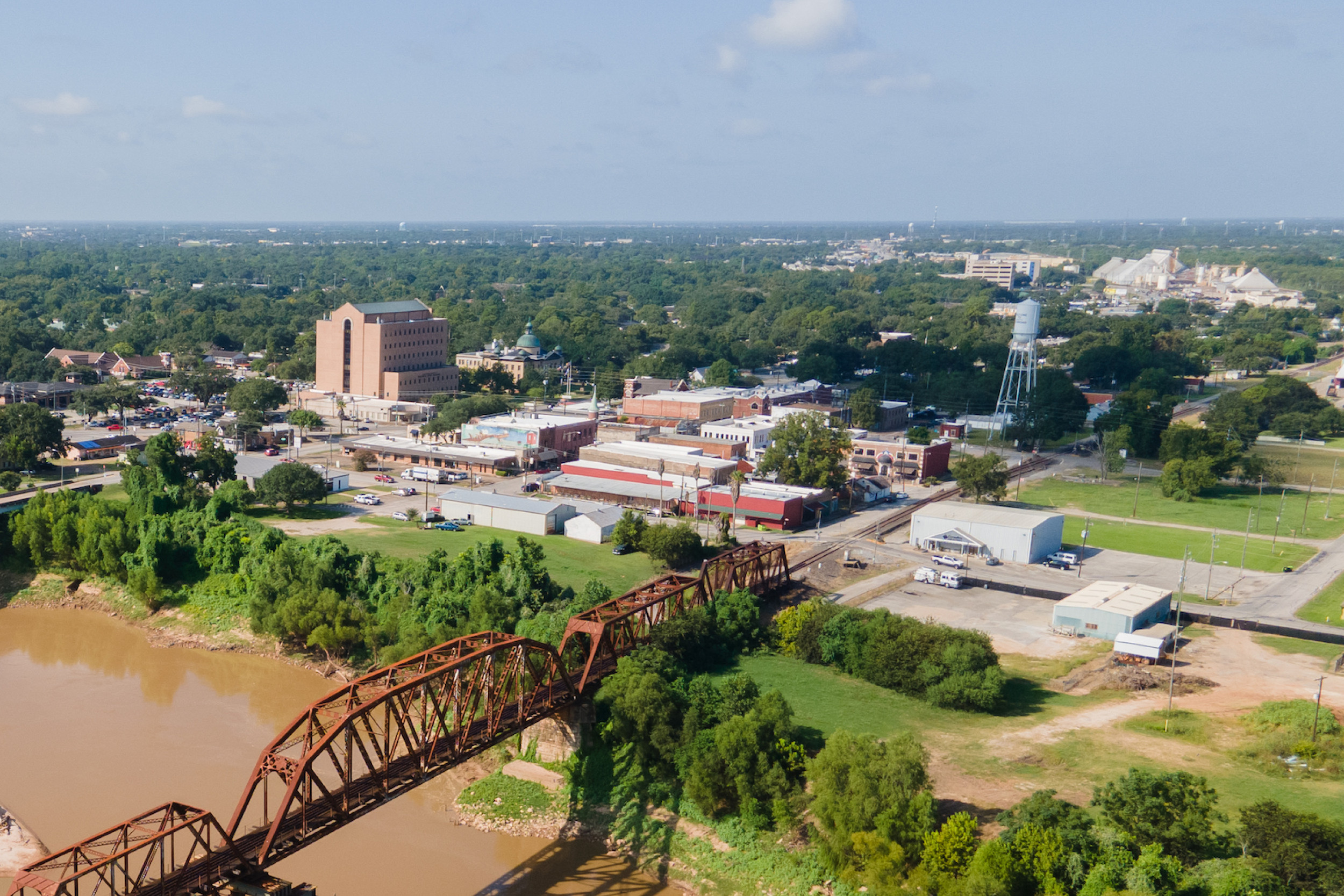Richmond, TX
With 47 roadway miles objectively scored and mapped, Richmond moved from reacting to complaints to executing a transparent, data-driven paving program.

Richmond, TX Infrastructure Assessment
Summary
- Actionable pavement intelligence delivered by July 29, 2025 — in weeks, not months
- 47 roadway miles scanned and scored to target the most critical repairs first
- Clear, defensible plans that speed repairs, reduce 311 volume, and strengthen resident trust
Problem
Richmond faced mounting pressure to keep up with road repairs while relying on outdated or inconsistent data, which made it hard to know which streets to fix and when. Without a clear prioritization method, the city often had to be reactive to complaints, which frustrated residents and strained crews. This left staff defending choices at public meetings rather than confidently executing a plan that everyone could see and understand.
Solution
Richmond selected Cyvl to rapidly survey its entire street network; using vehicle-mounted LiDAR and sensors, the team scanned 47 roadway miles and captured high-resolution pavement condition data. Cyvl’s Infrastructure Intelligence platform applied AI to convert that data into pavement condition scores, prioritized repair lists, and defensible multi-year plans with clear budget scenarios and public-facing reports. The city received detailed, actionable pavement condition data for every mile by July 29, 2025, enabling leaders to make decisions in weeks rather than months and move projects into construction faster.
Impact
With 47 roadway miles objectively scored and mapped, Richmond moved from reacting to complaints to executing a transparent, data-driven paving program. Actionable results delivered on July 29, 2025 gave public works the green light to schedule resurfacing and patching within weeks instead of months, shrinking the gap between inspection and construction. Residents see faster repairs, safer travel, and clearer communication because decisions are backed by current evidence, not guesswork.
- Detailed condition scores for 47 miles make it simple to target high-impact segments and address safety risks sooner
- Faster planning cycles mean potholes are patched and overlays scheduled sooner, reducing vehicle damage and delays
- Council and town hall discussions are smoother with visual reports that justify why specific streets are scheduled this year
- Fewer 311 complaints as residents track progress and understand timelines tied to objective data
- Stronger budget cases supported by defensible condition inventories, unit costs, and multi-year scenarios
- Work sequencing and contractor coordination are streamlined, keeping crews productive and minimizing disruption to neighborhoods




-%20logo%20(unpadded).png.png)